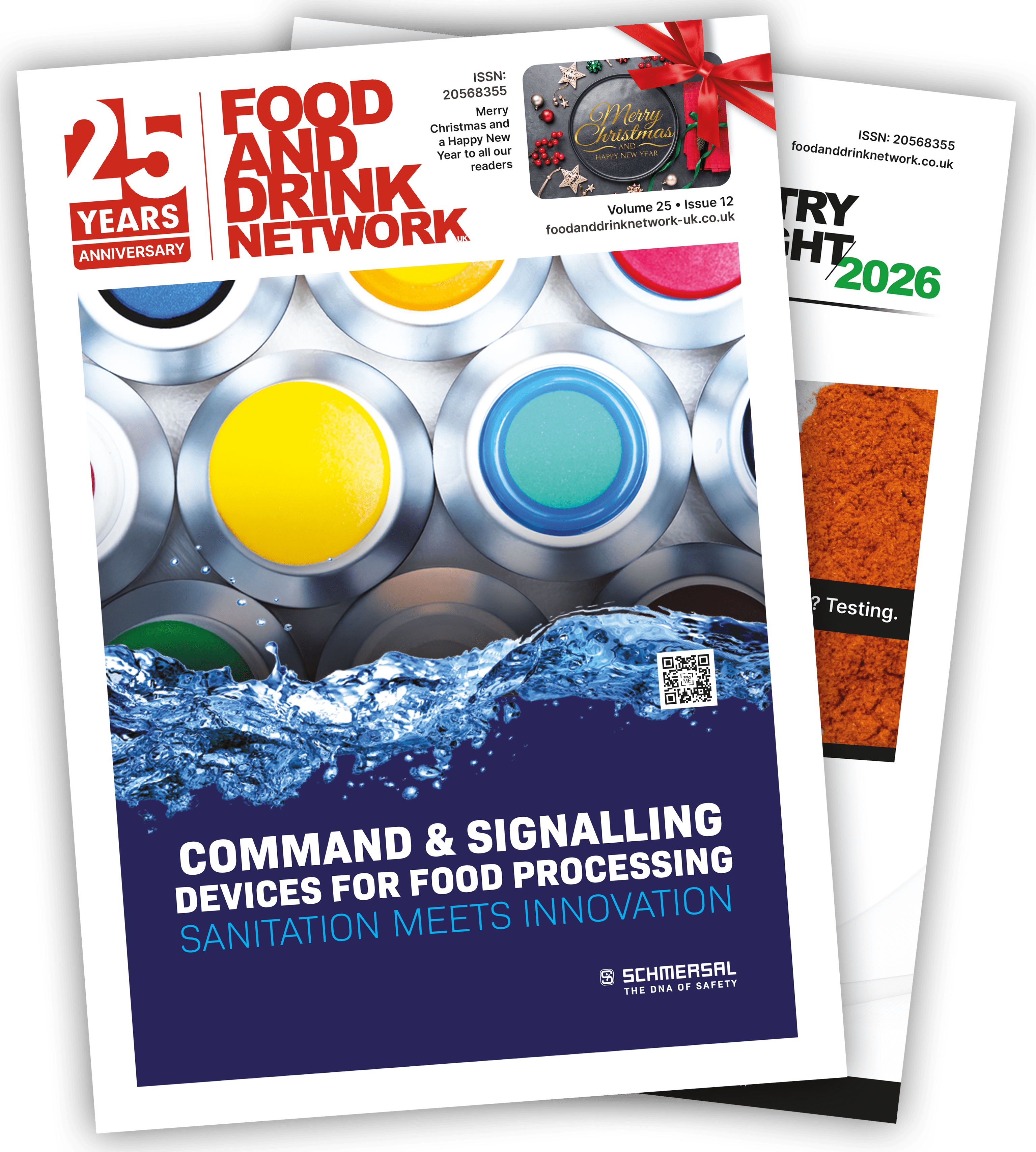Kim
7/15/2024 8:09:03 PM
4 mins read

By Nathan Ollier, CEO, Open ECX
As the largest manufacturing sector in the UK, Food & Beverage (F&B) organisations are spinning many plates and their success is fundamental to the future prosperity of our economy. Workforce shortages, supply chain disruptions, rising costs, health and safety compliance, traceability of ingredients, and increasing ESG requirements are just a few of the challenges facing the industry and there’s no room for less than rigorous spend management processes.
Central to effective cost management are the processes of issuing, receiving, and paying invoices, especially in the UK Food & Beverage sector, which is the worst industry for time taken to pay according to the Good Business Pays campaign.
In the current economic climate F&B businesses need to cherish their vendors, protect their supply chain, and work together to ensure improved levels of payment hygiene. With tight profit margins, there is little room for error in invoice payment processes – overpayments and duplications could be the final straw for F&B businesses. Implementing the most effective processes for AP and statement reconciliation is key to achieving more streamlined efficiency and avoiding production disruptions.
Forward-thinking F&B businesses are increasingly putting their trust in digital systems that speed up, simplify, and optimise many of their business processes. However, critical back-office processes such as accounts payable (AP) are often the last thing to be invested in. Implementing a best-in-class AP solution forms a solid base before other customer-facing digital solutions can be added. More efficient financial management means that even as margins grow tighter, efficient payment processes protect the bottom line while supporting productive vendor relationships.
Saving costs
Identifying and implementing digital solutions that can help drive down ever rising costs within the business is critical. For example, implementing an electronic invoicing solution allows vendors to share digital invoices that are automatically input into their own financial system, reducing the risks associated with human error and removing traditional in-tray delays for the AP team. Some of the best can also provide optional 3-way matching and workflow authorisation together with seamless integration into the rest of the finance system.
Integration results in the automation of invoices transitioning directly into the ERP, creating a seamless information flow throughout the invoicing process. This single source of truth ensures accuracy of data for internal finance teams and the supply chain, delivering a transparent end-to-end process.
Deploying effective processes for statement reconciliation provides much tighter control over spending, greatly reducing risk of overpaying, underpaying or duplicating payments. Solutions for automated statement reconciliation can compare invoices and credit notes with relevant statement lines, saving hours of time and resource.
Protecting vendor relationships
The impact from unexpected supply chain disruptions can cause major financial shockwaves for a business. When vendors can count on their customers to pay them accurately, on time, they are more likely to pull out the stops when unexpected problems arise.
Protecting relationships with strategic suppliers is important. Using an automated, accurate statement reconciliation system demonstrates transparency to vendors – even more so when it is part of an overall digital AP system, making communications around queries much easier.
Integrating systems with suppliers is one of the biggest barriers for manufacturers seeking to implement new technology. However, solutions such as Open ECX’s AP Automation Invoicing do not require the supplier base to change the way they transmit invoices and credit notes. Superior solutions like this one can support many data formats including .pdf, .csv, XML and EDI, and business rules can be defined to enrich inbound data and add information based upon the requirements of the ERP system or to support line level matching.
Better business outcomes
Data is a key component in achieving business targets, providing users with accurate, real time information to inform more effective decisions. Accurate and timely statement reconciliation produces accurate financial data, that can be used with greater confidence for planning, forecasting, and budgeting.
Automated processes remove the risk of human errors. While some software removes the human component using OCR (optical character recognition), supported by AI to reduce mistakes, the best automated AP solutions are 100% accurate from the start.
Implementing effective AP and invoice reconciliation reduces time-consuming correction processes. It is not unheard of for organisations to employ teams of 10 or more solely focused on statement reconciliation, a wholly avoidable deployment of costly resource, with teams able to work on higher-value tasks.
The best automated AP solutions may have in-built validation rules that help spot and highlight potentially fraudulent activity, representing significant financial, reputational, and legislative risk. Some automated AP and statement reconciliation systems include statement health reporting, ensuring that the financial team is alerted to any discrepancies and can work confidently with the statement balance in real time. They can also provide full document history to support external audit requirements.
Time to automate
Now is the time to digitise AP processes. Being cloud-based offers enhanced security, real time access to data, and more powerful data analysis. The best solutions use unique conversion technology to extract the underlying physical text from the source document, providing the ability to enrich the data and define business rules of how to treat the incoming document and data. This technology guarantees 100% accuracy, transmitting invoices and credit notes directly into the organisation’s ERP, delivering an efficient, end-to-end digital process.
Managing supply chain and inventory in today’s F&B industry is complex – automating AP streamlines and simplifies one of the most important processes within this. Without robust functional invoice management everything else falls down. As well as helping businesses build stronger relationships with suppliers, these solutions help optimise efficiencies in payment and finance management, enabling AP teams to achieve more in less time, with automated processes that take a fraction of the time, ensure greater accuracy and fewer errors. 2024 is the year for implementing automated AP or risk being left behind in an increasingly competitive business environment.




